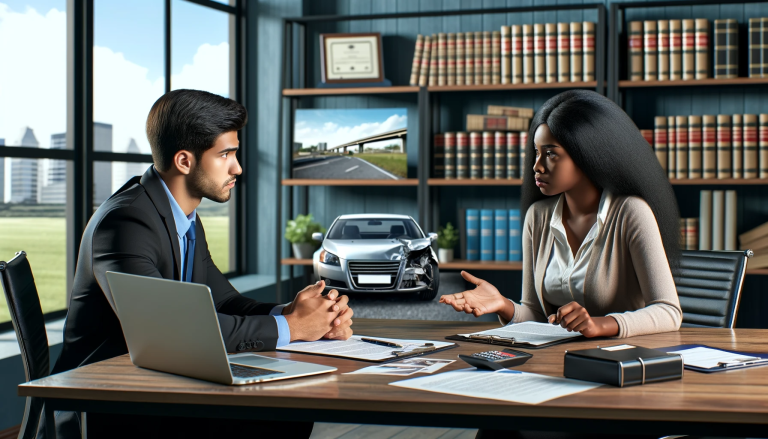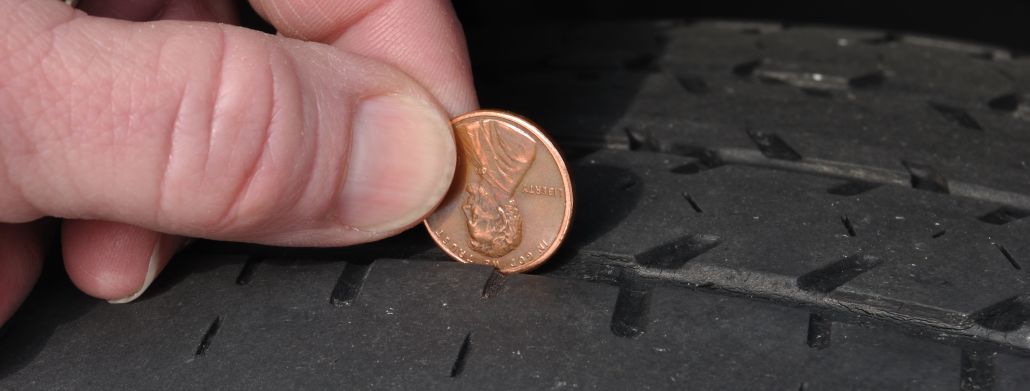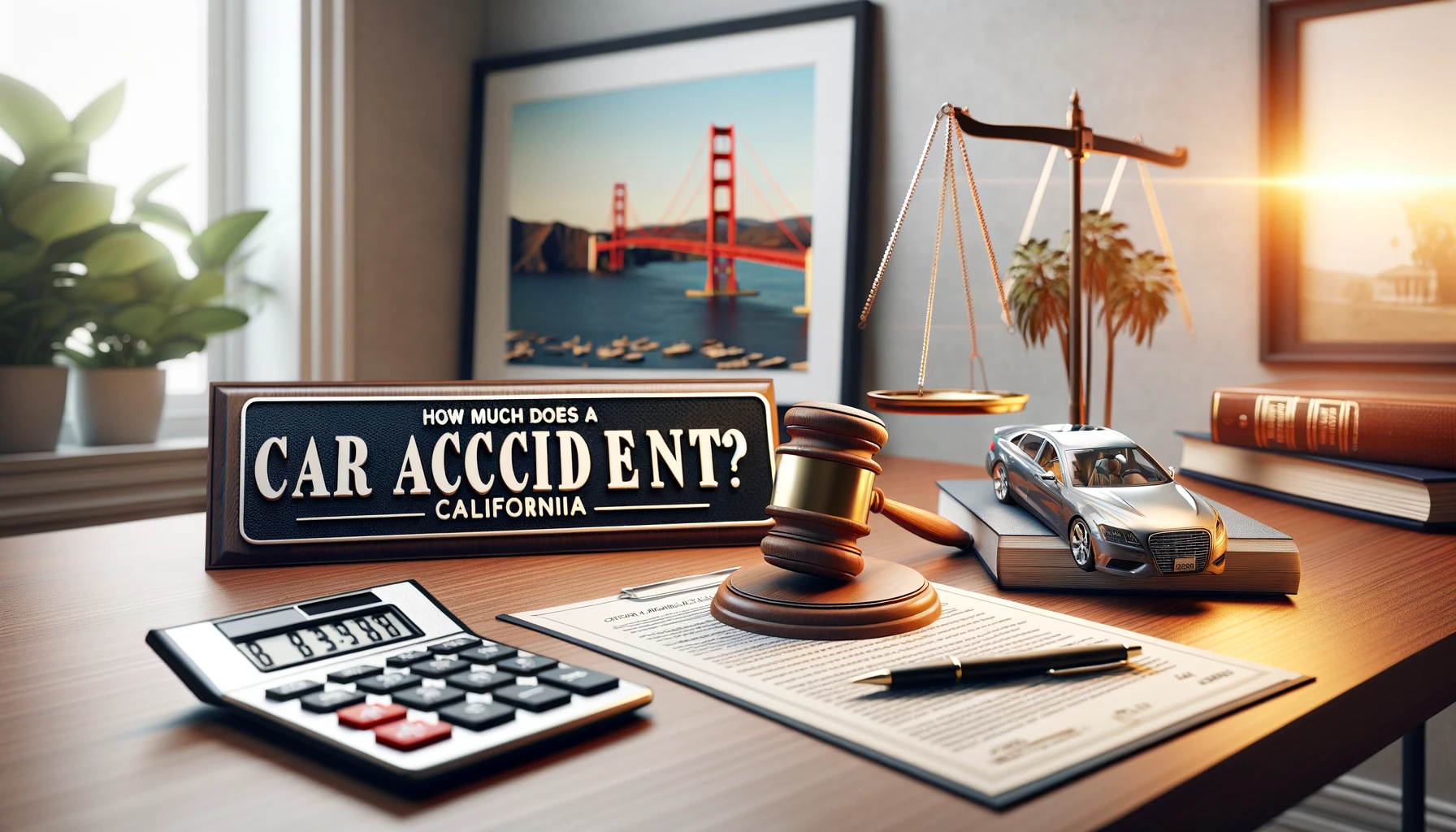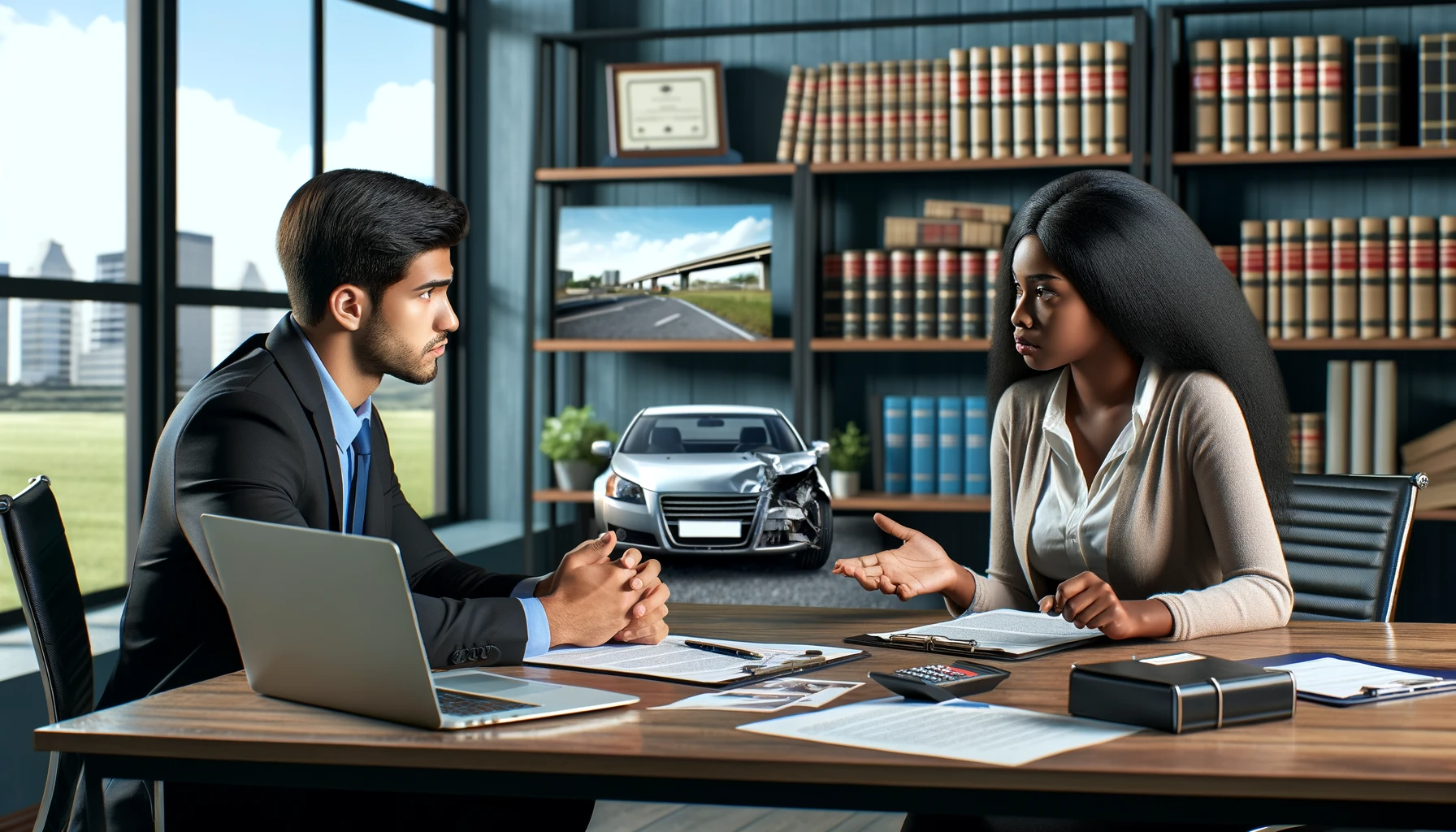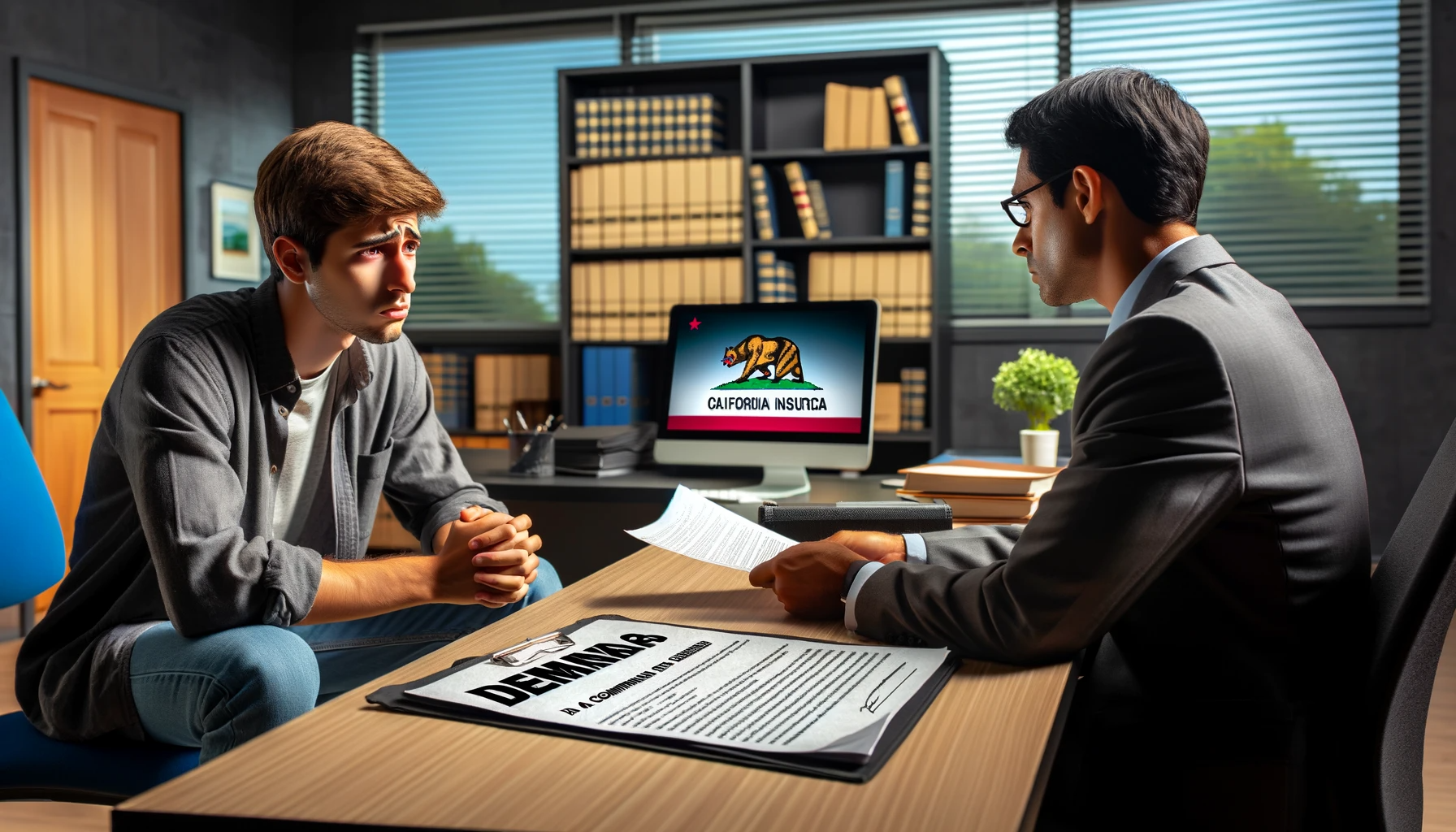[vc_row][vc_column][vc_column_text]The maintenance of your vehicle's tires can play a surprisingly large role in keeping you and your family safe. Worn tires can dramatically increase the risk of a collision or rollover accident. Vehicles out of alignment can create unexpected bald spots on tires, which can lead to a sudden blowout. Improperly inflated tires can do the same. Keeping an eye on the tread level and tire pressure of your vehicle's tires is one important way of staying as safe as possible on the roads. Poorly maintained tires can do the opposite, putting you and your passengers at risk of a car crash.
Tire blowouts are the most dangerous of mechanical failures associated with worn tires. A tire blowout is when a tire bursts while in use, leading to a rapid depressurization. It's very apparent when it happens: it sounds like an explosion followed by what seems like a fight between your vehicle and your steering wheel. Tire blowouts can happen suddenly, without warning, and when they do, drivers have very little time to react. Taking the wrong course of action can lead to loss of vehicle control, a collision, or even a rollover accident. Tire blowouts are one of the leading causes of single-vehicle crashes, but knowing how to react after a blowout occurs can reduce the risk of an accident.
- Recognize the situation and remain calm - Overreacting to a tire blowout can lead to loss of control over your vehicle, so stay calm and collected throughout the ordeal.
- Try to drive straight - Your car will fight you on this and will likely jerk towards one side. Grip the steering wheel firmly and attempt to stay in your lane.
- Do not brake immediately! - This may seem counter-intuitive, but hitting the brakes in order to slow down can cause a loss of vehicle control. It's actually safer to accelerate slightly to regain control of the vehicle before coasting to a slower speed.
- After decelerating to a safe speed, pull over - The scariest part is over. Once you're under about 20 mph, turn on your hazard lights and slowly navigate your vehicle to safety on the shoulder or side of the road and call for help.



